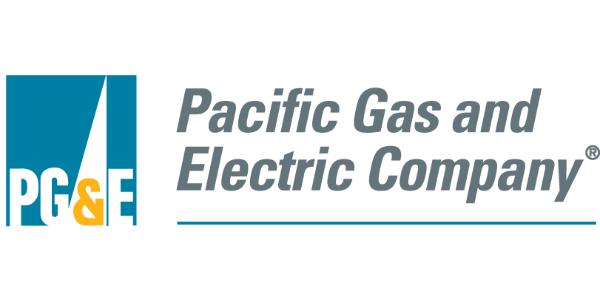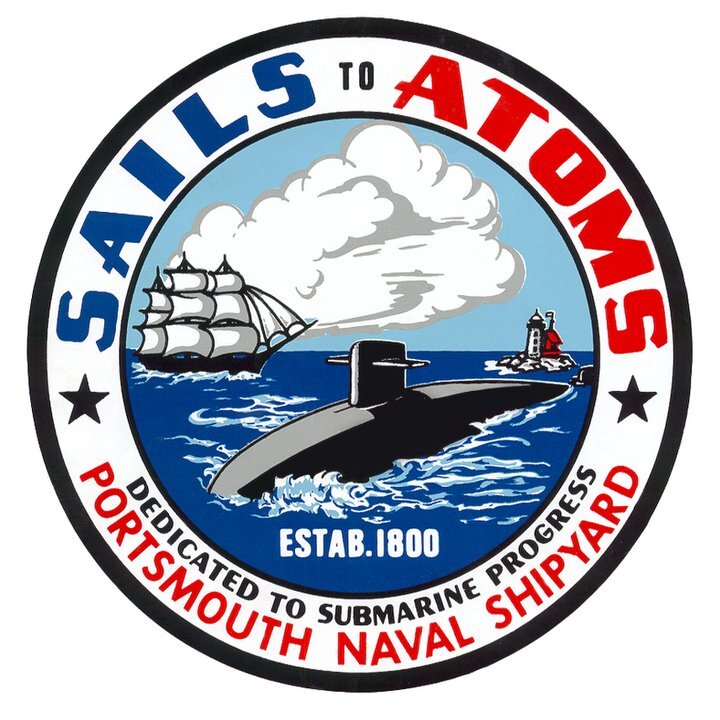How our members have raised standards for engineering professionals
Improved salaries and better benefits
Union members are paid more than nonunion members - union aerospace engineers, for example, earn 30 percent higher wages than non-union aerospace engineers. Our members have raised wages by securing salary minimums, guaranteed annual raises, overtime pay, performance increases, and other tools to improve pay in their union contracts. Codifying compensation also allows our members to plan and feel financially stable. A union contract makes wages transparent, which ensures engineers are earning a fair salary based on their experience, education, and level of work, and provides a system to correct it if they aren’t. Additionally, union members have a say in the benefits they receive. IFPTE members have secured better health insurance and retirement plans, as well as more paid time off.
Collaboration with employers for more effective professional development and training
Engineering professionals need to maintain, update, and acquire new skills during their careers. To meet these needs, our members have worked with their employers to establish training programs and partnerships. Union aerospace engineers at Boeing have a joint training initiative called the Ed Wells Partnership that includes classes, one-on-one career coaching, conference grants, and other training resources. Union engineers working for the City of San Jose negotiated for a minimum of 24 hours of training per fiscal year, as well as the ability to provide recommendations on training needs and opportunities. Some IFPTE members have also negotiated for professional development funds that give them the opportunity to attend trainings of their choosing.
Advocating for engineering professions
Union engineers have the power to stand up for professional standards. With their collective voice, our members have the ability to push back and be a check on employers when suggestions are made that could compromise their work. IFPTE members make vital contributions to their organizations, and with their union they are able to make sure their professional opinions are valued and respected.





































